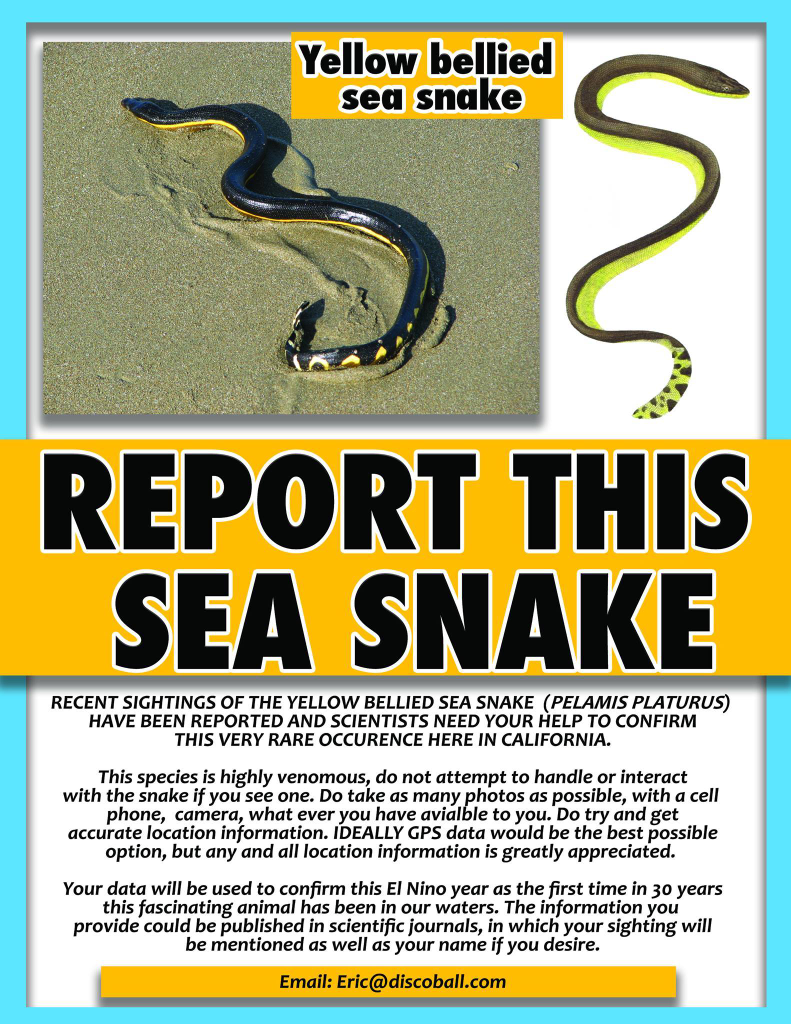December 9, 2015 — While the weather outside is frightful …Okay, maybe not here in Southern California. But, it is that time of year: holiday season. With the buzz of decorating, baking, travel, parties, and shopping, many people lose sight of how their actions and increased consumption during the holidays are affecting the environment. Here are 12 tips from Heal the Bay staff on how to have the greenest holiday ever:
1. Pledge to use a reusable bag.
Reusable bags aren’t just for groceries anymore: Keep a readily accessible supply of bags by the front door, in the car and at work for all your holiday shopping needs.
Also, we invite you to add your name to our pledge to go reusable this holiday–we’re hoping to get 1,000 people on board! By pledging, you’ll be entered into a drawing to win a gift bag full of reusable Heal the Bay swag. Please share with your friends and family!

2. Get a living tree.
A living Christmas tree is the gift that keeps on giving, sequestering carbon and producing oxygen year after year unlike cut trees that are destined for the dump after one holiday. Check out The Living Christmas Company for more information.
3. Offset your emissions.
Getting to Grandmother’s house may require a plane rather than a sleigh. Consider reducing the impact of your holiday travel by offsetting your carbon emissions with Carbon Fund or TerraPass.
4. Bring your own.
Be the eco-envy of the holiday party by bringing your own straws, utensils and food containers for all those yummy leftovers! And remember your reusable water bottle when you’re pounding the pavement for presents. To-go Ware and Simply Straws offer some great products.
5. Gift experiences, not things.
Concert tickets to the Bowl, a whale watching expedition on the Bay, a gift certificate to a local sustainable seafood restaurant–L.A. offers so many amazing experiences that are much more meaningful than the latest gadget or gizmo.
Speaking of experiences, your donation of $25 or more to Heal the Bay earns your giftee free family admission for 4 to our Santa Monica Pier Aquarium. If you want to support the animals at our aquarium directly, Aquadoption is an awesome option. Plush stuffed animal included at the $50 level!
6. Avoid using your car to shop.
Be greener (and stave off holiday poundage) by walking or taking public transit to do your holiday shopping. You’ll also spare yourself the huge headache induced by traffic and crazed mall parking lots.
7. Give a water-saving gift.
Consider giving an El Niño-friendly rain barrel or low-flow showerhead to encourage your family and friends to be more water-wise during the drought. Kick it up a notch by offering to install it yourself. (If you need help selecting or installing the right water-wise gift, give us a shout.)
8. Be a green party host.
Go meatless at your holiday party to save on greenhouse gas emissions and agricultural water consumption. Avoid serving food on disposable products if possible, and rent dishes from a catering company or borrow from a neighbor if needed.
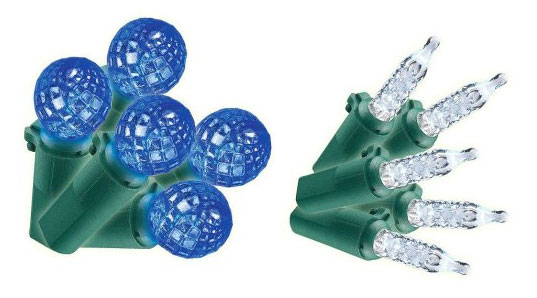
9. Use LED lights to decorate.
Swap out old holiday lights for newer, energy-saving LED lights. Their low energy usage makes them the cheapest option in the long run. And remember to use a timer for your outdoor and indoor lights to save electricity.
10. Use reusable gift wrap.
Wrap your gifts in newspaper or magazines and recycle the wrappings afterwards. Or, even better, use fabric, a pretty basket, or a decorative box to make the wrapping itself part of the gift.
11. Start a green holiday tradition.
Create an outdoorsy holiday tradition: Plant a tree, ride bikes to the beach, or head to the park for a holiday clean-up. There’s even free coffee in exchange for your good deed, thanks to a new partnership between Heal the Bay and Starbucks!
12. Host a swap party.
After the hustle and bustle of the holidays, lighten your load with a regifting extravaganza. Invite friends over to swap their new or lightly used unwanted clothes, toys, home goods, and pet supplies.
BONUS TIP: Support a healthy ocean and make a tax-deductible, year-end gift to Heal the Bay today.





 The Heal the Bay Blend!
The Heal the Bay Blend!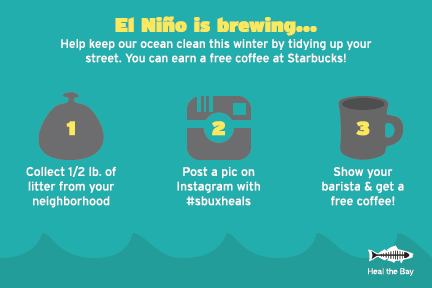
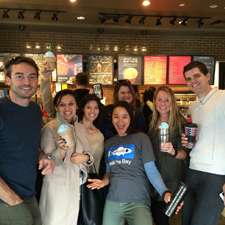

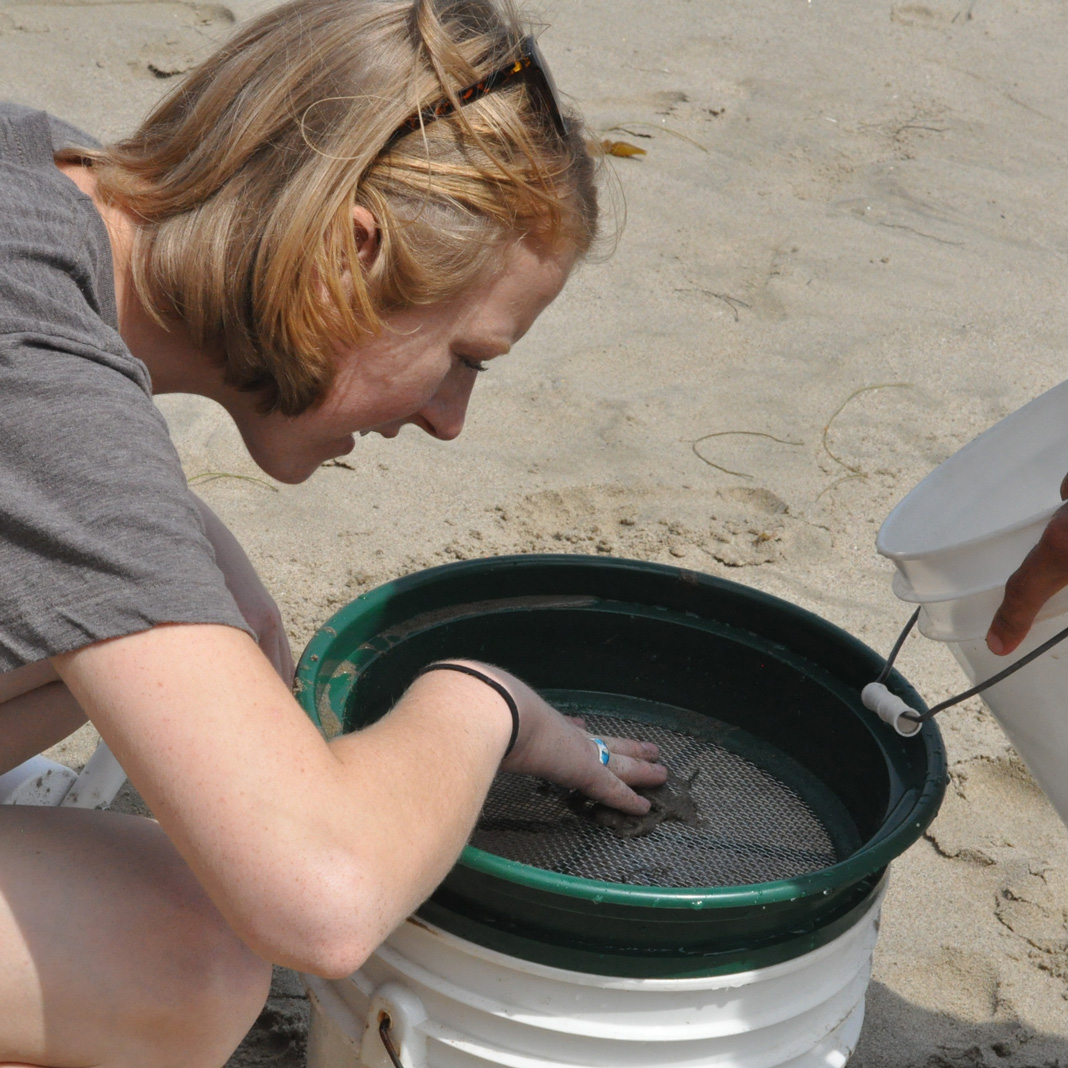
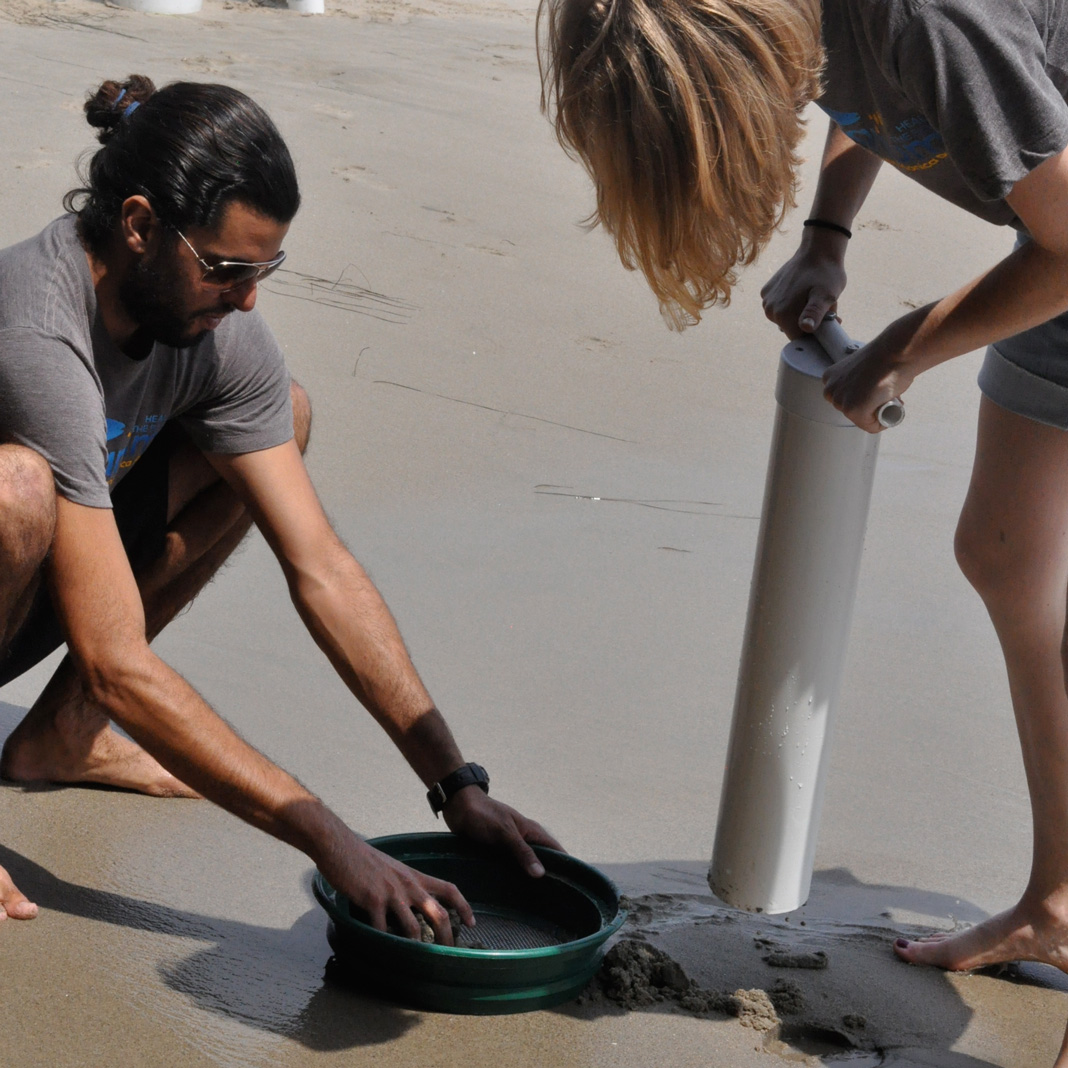
 The summit wrapped up with time for each club to reflect on what proposed projects would suit their vision for the year and then plot those goals onto a calendar of the school year. As a registered Club Heal the Bay Partner, clubs also learned that participating in three events or netting three reward “drops” would earn them an invitation to our Beachy Celebration which we will host at the end of the school year.
The summit wrapped up with time for each club to reflect on what proposed projects would suit their vision for the year and then plot those goals onto a calendar of the school year. As a registered Club Heal the Bay Partner, clubs also learned that participating in three events or netting three reward “drops” would earn them an invitation to our Beachy Celebration which we will host at the end of the school year.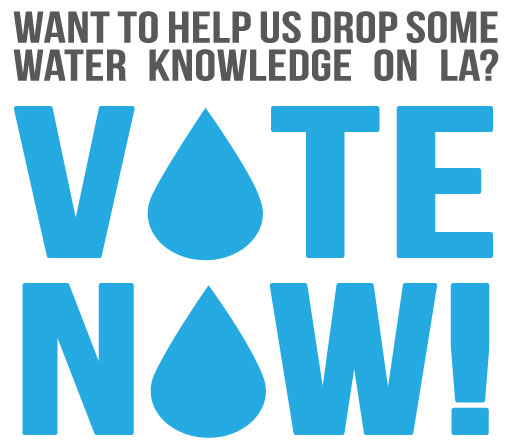
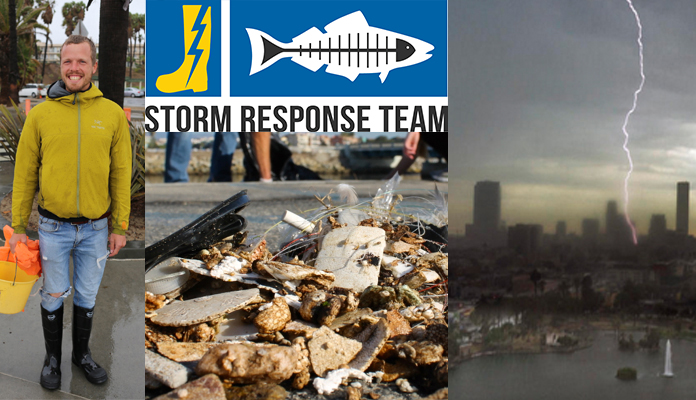
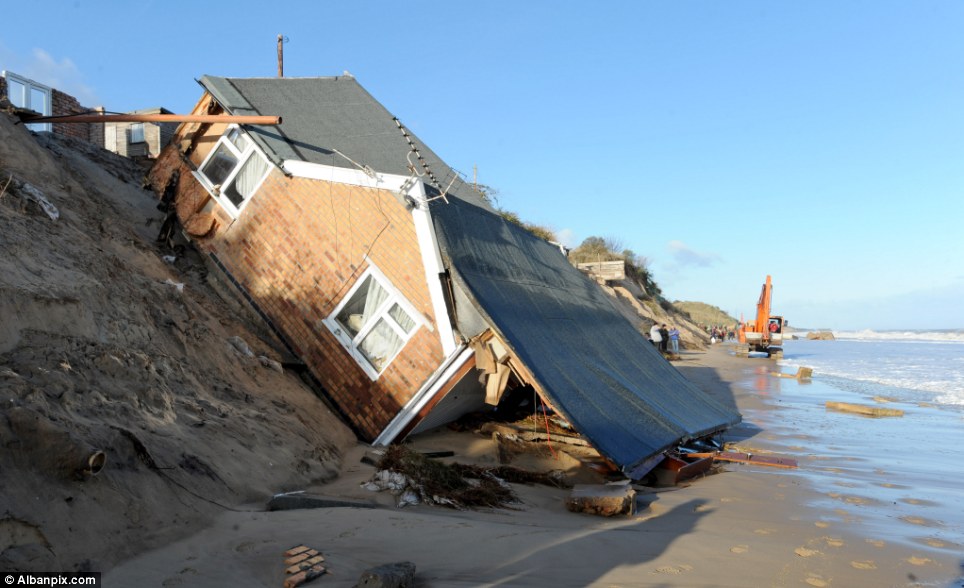 El Niño-caused sea level rise, coupled with sea levels rising from ice sheet melt associated with climate change, is projected to lead to more coastal flooding, shrinking beaches, and shoreline erosion. This year’s El Niño has western U.S. cities planning for coastal flooding. Higher sea levels, high tides and storm surges that force waves well past their usual reach pose very real threats. And when these forces coincide, such as during an El Niño,
El Niño-caused sea level rise, coupled with sea levels rising from ice sheet melt associated with climate change, is projected to lead to more coastal flooding, shrinking beaches, and shoreline erosion. This year’s El Niño has western U.S. cities planning for coastal flooding. Higher sea levels, high tides and storm surges that force waves well past their usual reach pose very real threats. And when these forces coincide, such as during an El Niño, 